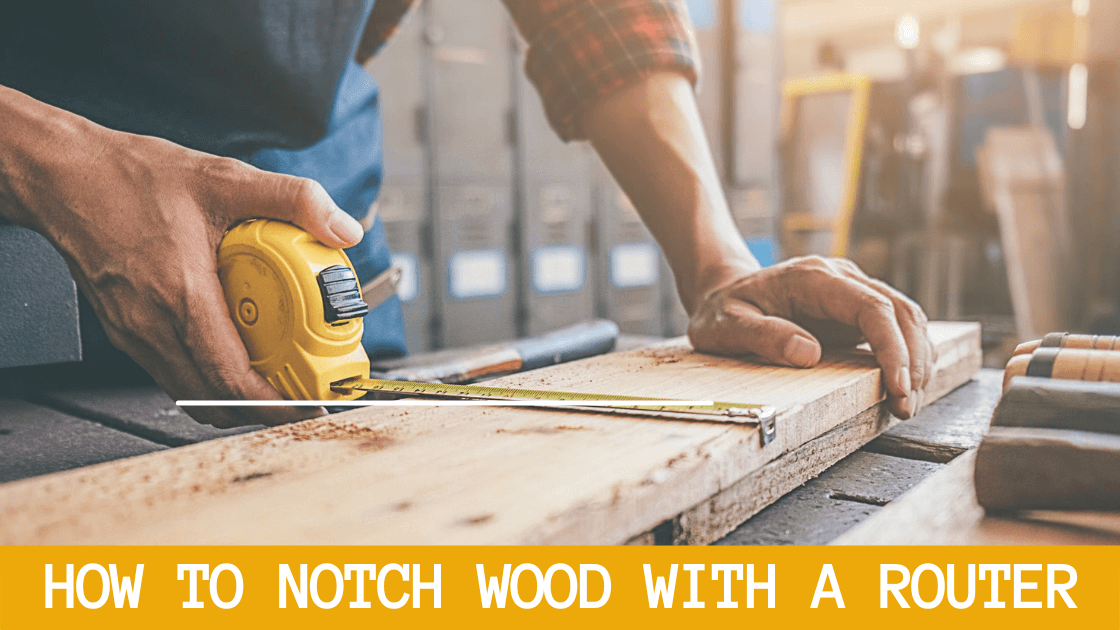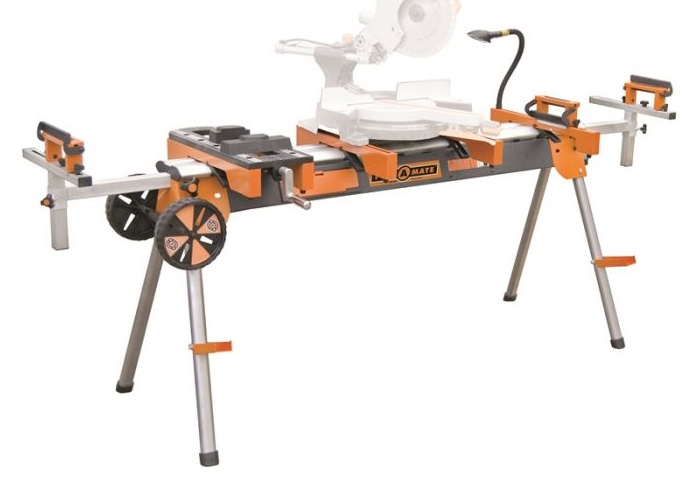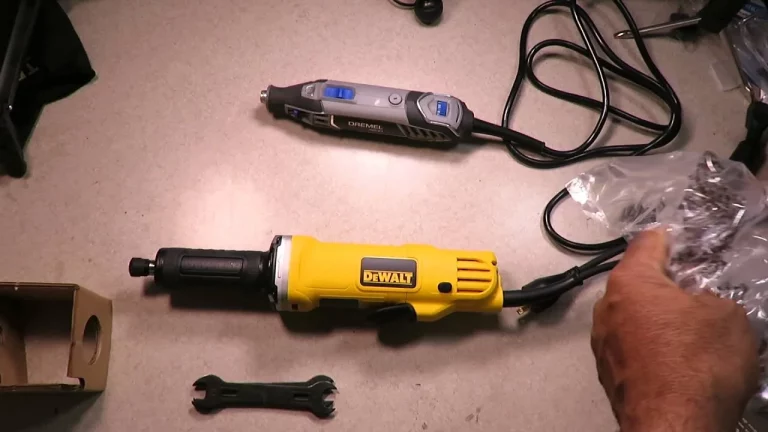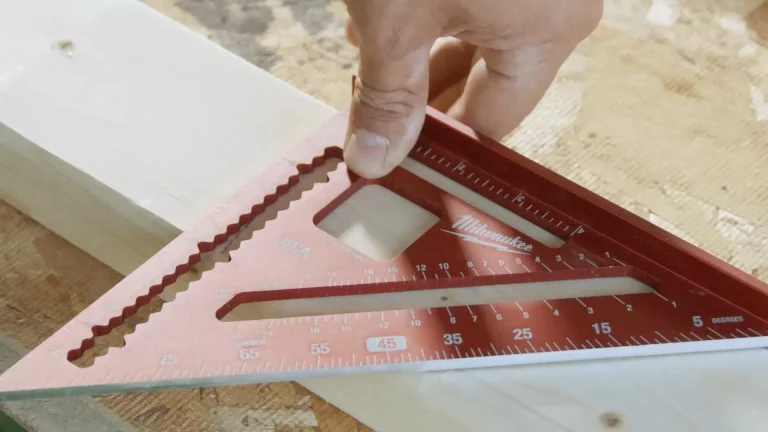How to Notch Wood with a Router: 7 Easy Steps
Are you a woodworker looking to learn how to notch wood with a router? Notching wood can be achieved by adjusting the notching depth on your router. By cutting grooves into the wood, you can create precise and clean notches. This technique is an alternative to using a circular saw. Notching wood with a router is a game-changer. Woodworkers can enhance precision and efficiency by using a marking knife to cut grooves in the woodworkpiece. This technique enables them to create clean and professional-looking joints in various applications. Whether you’re a beginner or an experienced woodworker, understanding the basics of cutting grooves with a table saw and drill on a workpiece is essential.
I remember when I first learned how to notch wood with a router using cutting grooves and groove bits. It was a game-changer for me, as I had always relied on a drill before. It opened up a whole new world of possibilities for me. Suddenly, I could effortlessly create intricate designs and strengthen wooden structures with ease. By making shallow passes with the saw and following the marks on the workpiece, I was able to achieve precise cutting grooves that fit perfectly into the overall framework.
If you’re looking to enhance your woodworking skills and take your projects to the next level, mastering the art of notching wood with routers is a must. Routers are essential tools for cutting precise and clean notches in workpieces. So let’s get started!
When Do You Need to Notch Wood?
Notching is necessary when you want to join two pieces of wood at a 90 degree angle. Common examples include:
- Building a wood frame for a shed, fence, deck, or other structure
- Constructing wood furniture with right angles like beds, chairs, tables, etc.
- Assembling cabinetry and enclosures
- Creating wood frameworks for doors and windows
Without proper notching, the perpendicular wooden pieces won’t join tightly. This weak joint will cause the wood structure to be unstable and can lead to breakage as the framework grows under the weight of heavy objects.
Proper notching helps strengthen the joints by increasing the surface area for gluing/screwing. The notches also provide mechanical support to prevent lateral movement or twisting. So notching is a must for rigid, long-lasting wood structures.
Setting up the Router and Guide Fence
To notch wood with a router, it is crucial to properly set up the routers and guide fences. This ensures precise cutting of the workpiece using the drill. This ensures accurate cutting of grooves in the workpiece and guarantees straight and consistent results when using a drill.
- The guide fence is essential for stability and control when cutting grooves in a wood workpiece. It ensures precise notching and prevents scrap wood. Keeping the router aligned is crucial when cutting grooves in a workpiece. It prevents any unwanted movements of the router bits.
- When setting up the router, make sure to adjust the depth of cutting groove appropriately using the right bits you need. This allows you to achieve the desired notch depth using router bits without cutting too deep or shallow, ensuring a perfect groove.
- Aligning the guide fence parallel to the cutting edge of the router is essential. Using the right router bit ensures straight and consistent cutting of grooves throughout your project.
- Use an appropriate router bit for notching wood. Consider using a trim router or a suitable cutting bit on your regular router for more intricate cutting work that requires creating grooves.
- If available, consider using a router bit, edge guide or routing table for added precision during the cutting and grooving process.
- Start by securing your wood piece firmly before beginning the cutting process with the router bit. Using the right router bit is crucial for achieving clean and precise cuts. Choosing the appropriate cutting bit will help prevent any unnecessary movement that could affect the quality of your groove.
- As you start routing, maintain a steady pace to ensure smooth and even cuts. Using the right cutting bits will help you create precise grooves. Rushing through can lead to mistakes or uneven edges.
- The guide fence will help you maintain control as you move along each edge, ensuring clean cuts using cutting bits from start to finish in the groove.
- Once you have completed all necessary notches, double-check their quality before proceeding with assembling or finishing your framework.
By following these guidelines for setting up your router and utilizing a guide fence, you can confidently notch wood with precision and achieve professional-looking results.
Types of Routers and Mounting Options
Different types of routers, such as plunge routers or fixed-base routers, offer versatility in notching techniques.It ultimately depends on your project requirements.
Here are some key points to consider when selecting the right router for your wood notching needs:
- Handheld Router: This type of router is portable and allows for greater flexibility when working on various projects. It can be easily maneuvered around the workpiece, providing precise control over the notching process.
- Plunge Router: A plunge router is designed with a spring-loaded base that allows you to lower the bit into the wood while it’s running. This cutting feature enables you to create deep and accurate grooves and notches at different depths.
- Fixed-Base Router: Unlike a plunge router, a fixed-base router has a stationary base that remains locked in position during operation. It provides stability and control, making it suitable for more straightforward cutting and groove-notching tasks.
Mounting options play an essential role in enhancing your routing experience, especially when it comes to cutting and creating a groove.
- Router Table: Using a router table offers stability and precision by securing the router upside down beneath the table surface. This setup allows you to guide the wood across the stationary bit, resulting in consistent and controlled cutting and groove notches.
- Dedicated Jig: Attaching the router to a dedicated jig specifically designed for certain notch designs can streamline your workflow. Jigs provide guidance and support for cutting repetitive or complex notches with ease. The groove created by the jig helps to ensure precise and accurate cuts every time.
Understanding each type of router’s features and capabilities will help determine which one suits your needs best. Consider factors such as portability, depth adjustment mechanisms, power requirements, and compatibility with different router bits before making your decision.
By exploring these options and considering their advantages, you’ll be well-equipped to notch wood effectively using a router that fits both your project requirements and personal preferences.
Essential Tools and Safety Precautions
Ensuring safety and having the right tools are crucial. Here’s a comprehensive guide on the essential tools and safety precautions you must follow:
- Safety first: Always prioritize your well-being when working with power tools like routers. Wear safety goggles, ear protection, and dust masks to protect your eyes, ears, and respiratory system from potential hazards.
- Stability matters: To ensure precise notching, use clamps to secure your workpiece firmly in place. This will prevent any unexpected movement or accidents while operating the router.
- Clean corners: After routing grooves or square holes, use a sharp chisel to cut and clean up the corners. This step helps achieve smooth edges and enhances the overall finish of your work by making precise cuts and creating grooves.
- Keep it tidy: Maintaining a clean work area is essential for both efficiency and safety. Clear away debris and obstructions regularly to avoid accidents caused by tripping or interference with the router’s movement.
- Alternative methods: While using a router is a versatile tool for notching wood, there are alternative methods you can explore depending on your project’s requirements. Consider using other tools such as hand saws or chisels to cut or groove materials if they better suit your needs.
- Practice makes perfect: Notching wood with a router requires skill and precision. Don’t be discouraged if you don’t achieve the perfect cut or groove right away; practice will help you improve over time.
By following these safety precautions and utilizing the correct procedures, you’ll be able to effectively cut and groove wood using a router while minimizing any risks involved. Make sure to use the necessary tools and accessories for notching wood.
Choosing the Right Bits for Notching Wood
Selecting the right bits is crucial for achieving clean and precise results. Here are some key points to consider when choosing the appropriate bits for your cutting and grooving needs.
- Straight bits: These are commonly used for creating grooves in wood during notching operations. They come in various sizes, allowing you to adjust the notching depth according to your requirements.
- Spiral bits: When working with harder woods or laminates, spiral bits are an excellent choice. Their design helps provide smoother cuts by efficiently removing material as they rotate.
- Dovetail bits: If you’re aiming to create precise square holes required in certain joinery techniques like dovetail joints, dovetail bits are ideal for achieving the perfect groove and cut. They allow for intricate and accurate cuts, resulting in strong and visually appealing connections between wood pieces.
- Tungsten carbide-tipped bits: For durability and longevity during repeated use, tungsten carbide-tipped bits are highly recommended. The carbide tip enhances their strength and wear resistance, making them suitable for prolonged notching tasks.
To ensure successful wood notching with a router, it’s essential to have a variety of specialty bits at your disposal. By having different options available, you can adapt to specific projects and achieve desired outcomes effectively. Remember that each bit serves a unique purpose, so it’s crucial to select the most appropriate one based on your woodworking needs.
Techniques for Cutting Grooves and Square Holes
Using a straight edge as a guide ensures straight grooves when notching wood. This technique provides stability and precision, allowing you to create clean and accurate cuts. By firmly holding the straight edge against the wood surface, you can guide your router along it to achieve perfectly straight grooves.
Plunge cutting is another effective method for creating grooves at any point along the wood’s surface. With this technique, you can start cutting directly into the wood without needing to make an initial cut or pilot hole. This method allows you to easily groove the wood without any extra steps. By simply plunging the router bit into the desired location, you can easily create grooves in various shapes and sizes.
To achieve square holes, employing multiple passes with increasing depth is key. Start by making a shallow initial pass with your router to establish the shape of the hole. Then gradually increase the depth with each subsequent pass until you reach the desired square hole size. This incremental approach ensures cleaner and more precise results.
Utilizing templates or jigs can greatly assist in achieving consistent notch designs. These tools act as guides for your router, allowing you to replicate specific shapes and patterns accurately. Whether it’s curved grooves or intricate designs, using templates or jigs helps maintain uniformity throughout your woodworking projects.
By following these techniques for cutting grooves and square holes, you’ll be able to enhance your woodworking skills and create professional-looking results every time.
Mastering Notching Wood with a Router
Congratulations! You have completed several sections on notching wood with a router, and you are well on your way to becoming a master at this skill. By setting up the router and guide fence, understanding different types of routers and mounting options, gathering essential tools, and learning about safety precautions, you have laid a solid foundation for success. By exploring the various techniques for cutting grooves and square holes, you now possess the knowledge to create precise notches in wood using a router.
Now that you have acquired these valuable insights, it’s time to put them into practice. Grab your tools, set up your workspace, and start experimenting with different notching techniques. Remember to always prioritize safety by wearing protective gear and following proper procedures. With dedication and practice, you will soon become an expert at notching wood with a router. So go ahead, unleash your creativity, and bring your woodworking projects to life!
FAQs
How do I choose the right router for notching wood?
When selecting a router for notching wood, consider factors such as power rating, speed control options, compatibility with different bit sizes, and ease of use. It’s also essential to choose a reputable brand known for producing high-quality routers.
What safety precautions should I take when using a router for notching wood?
To ensure your safety while using a router for notching wood:
- Always wear safety goggles or glasses.
- Use hearing protection.
- Avoid loose clothing or jewelry that could get caught in the machine.
- Keep your hands away from the bit during operation.
- Unplug the router when changing bits or making adjustments.
Can I use any type of wood for notching with a router?
Yes! You can notch various types of wood using a router. However, softer woods like pine or cedar tend to be easier to work with due to their lower density.
What are some common mistakes to avoid when notching wood with a router?
Some common mistakes to avoid include:
- Using excessive force, which can lead to rough cuts or damage the wood.
- Neglecting to secure the workpiece properly, resulting in movement during cutting.
- Failing to make multiple shallow passes instead of one deep cut, which can improve precision and prevent tear-out.
Are there alternative methods for notching wood if I don’t have a router?
Yes! If you don’t have access to a router, you can still notch wood using other tools like chisels, saws, or even a drill. While these methods may require more manual labor and precision, they can be effective alternatives when a router is unavailable.







